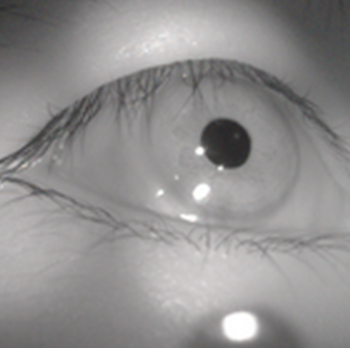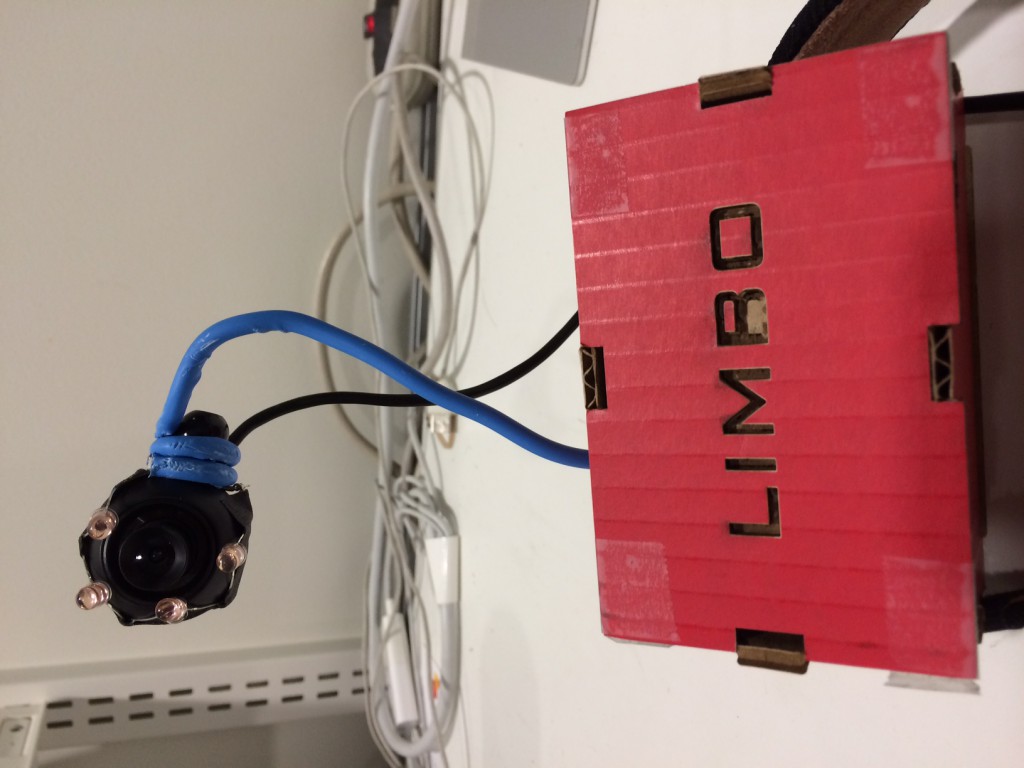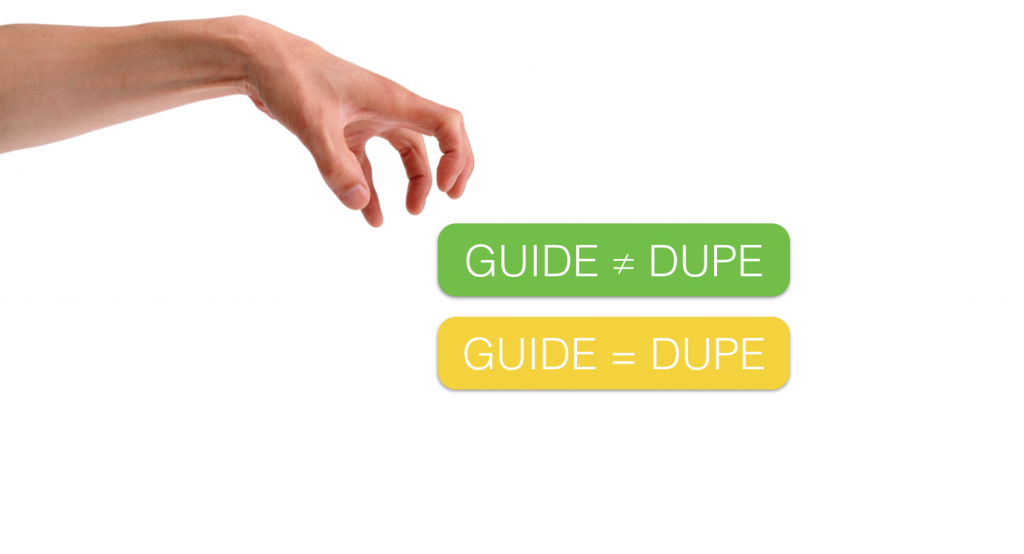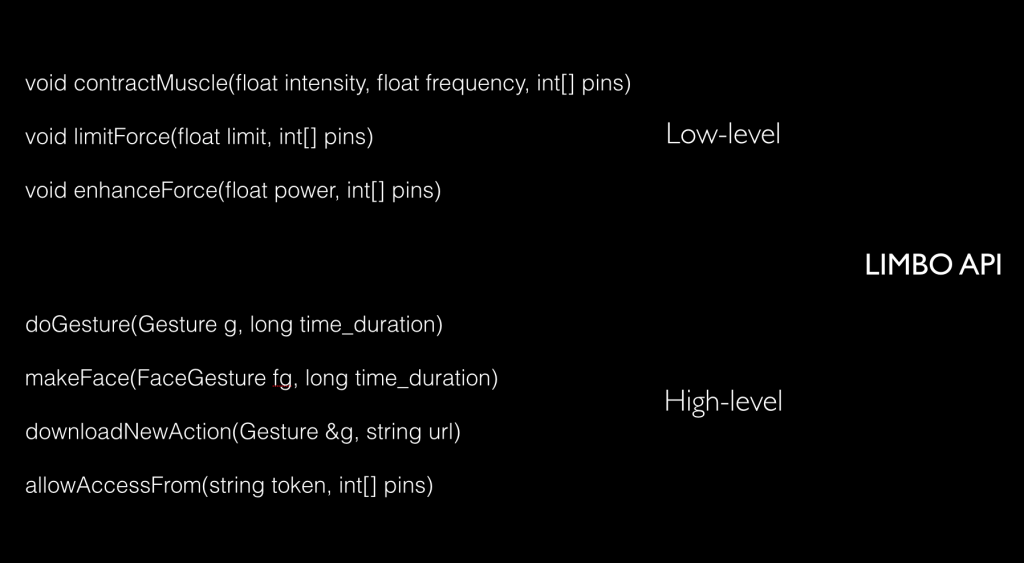Recall Project LIMBO, where we proved the concept of mapping one person’s hand grasping to another. We created a circuit that used functional electrical stimulation to cause a person’s hand to contract and make a grasping motion.
We’ve been working on updating LIMBO into a modular system, with a few ideas in mind.
The first new idea is to allow people to map something functional to something non-functioning. The example we prototyped was to use the eye gaze to actuate a grasping action on the user.
LIMBO (Limbs in Motion by Others) was being developed as a wearable interface for letting Guides to control Dupe’s hands. In the meanwhile, we found that it can be interesting if we can allow end-users to reprogram the way they control either their or other’s bodies. By mixing a body gesture/signal detection system and a muscle actuating system, for example, paralyzed people could regain the experience of grasping with their hands by actuating hand muscles based on gaze gestures. People who have lost leg control could control their legs with finger movement–and be able to drive a car without special assist. Or even, a person with a specific skill could upload their hand skills on the internet so that others can download the skill to solve their problems.
As an example, we present eye-controlled-hand version of LIMBO. It connected eye-tracking information to LIMBO’s muscle actuating API’s so that user’s hand can be controlled by their eye movement. As you can see in the video below, the eye tracker tracks the eyeball’s movement and translate certain actions (looking into the right) into hand muscle actuation. Practically, this will allow people with severe motor-disability to regain experience of moving their bodies without other’s help, and again hold hands with their family members.
We tried to generalize this concept of “reprogramming” and decided to define LIMBO APIs that allow software programs to access people’s body control system. Low-level APIs deal with the actual electric simulation to muscles, and high-level APIs include sophisticated control functions such as Gestures, Facial expression, or even downloading new actions. Moreover, in the case of remote control, users can control the access from others by checking permission and/or authentication token of the incoming connections over internet.
By Sang Leigh and Ermal Dreshaj



